10 of the Filthiest Items in Your Home
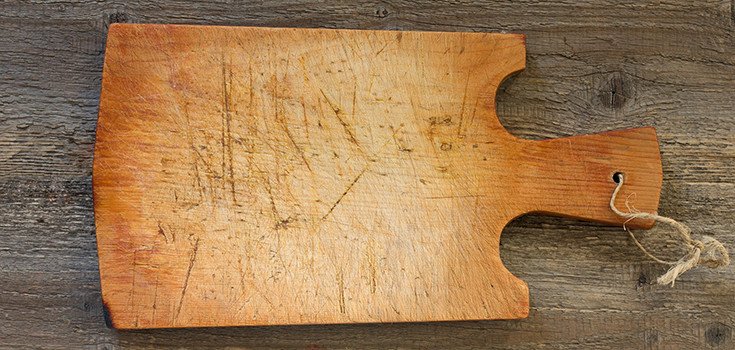
Between flushing the toilet and spitting in the sink, it’s a given that your bathroom is crawling with germs. But you might be surprised to know that your toilet isn’t the most contaminated thing in your home.
Don’t be surprised if you feel a little sick after you look at this list of the most bacteria-, mold- and yeast-prone places and items in your house.
(Here are 6 inexpensive, natural, and effective items you can use to clean your house without the use of chemicals. We also recommend this chemical-free cleaning solution for your ultimate cleaning needs.)
10. Stove Knobs
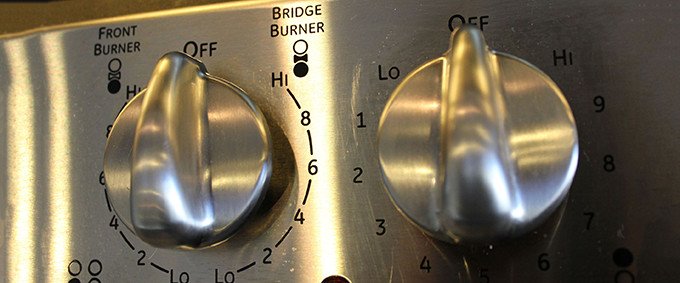
Rob Donofrio, Ph.D., Director of NSF International’s Applied Research Center, says: “While not a place that many of us think about, stove knobs are one of the top 10 common places for germs to hide in our homes.”
Stove knobs bear the brunt of splattered food and germs from our own hands. Fourteen percent of them contain coliform bacteria, while 27% contain molds and yeast.
Clean knobs once a week by removing them and washing them in hot, soapy water and rinsing well.
9. Cutting Boards
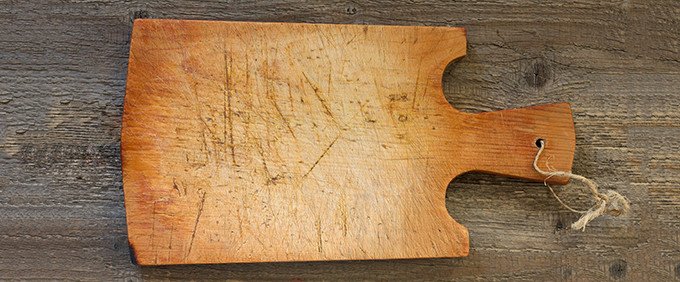
A study by researchers at NSF International found that 18% of cutting boards harbor potentially-dangerous coliform bacteria, and 14% contain mold and yeasts.
Cutting boards should be made from nonporous materials, and wooden cutting boards should be made from hardwood, such as maple. Experts recommend having a separate cutting board for raw meats, and always washing them between each use.
Clean wood cutting boards with salt, white vinegar, or lemon juice, making sure to get into all the cracks and cleaning below the surface, then rinsing with hot, soapy water.
8. Kitchen Countertops
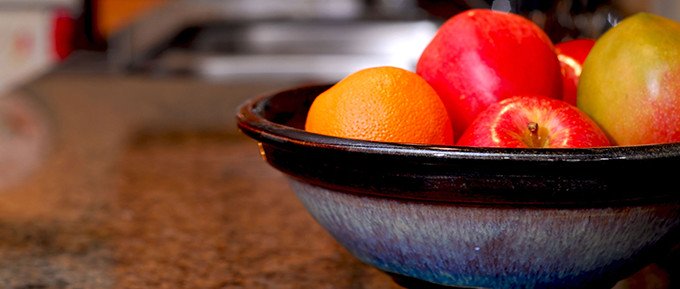
We put some awfully-germy things on our kitchen counters – cell phones, keys, purses, raw meat, pet food, you name it. The NSF says coliform bacteria were present on 30% of the countertops they tested.
Countertops should be cleaned at least once a day with hot, soapy water. They should also be cleaned once a month with a mixture of one part bleach and four parts water, unless your countertops have special cleaning instructions.
7. Pet Toys

Gross! Most people hate even touching these things, especially when they’re wet and slobbery with dog or cat spit.
Pet toys often have Staph and coliform bacteria, as well as yeast and mold on them, so always wash your hands after you play with your pets. Also, wash toys made of rubber and plastic once a week with hot water and dish soap, and fabric toys in the washing machine.
6. Faucet Handles
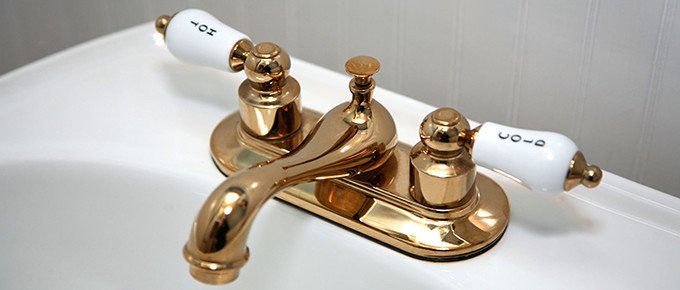
Once again, coliform bacteria were found on faucet handles by NSF investigators, plus 27% of them harbored Staph. So, when you clean the sink, clean the faucet handles, too. Don’t forget the handle on the fridge door, either.
5. Coffee Makers
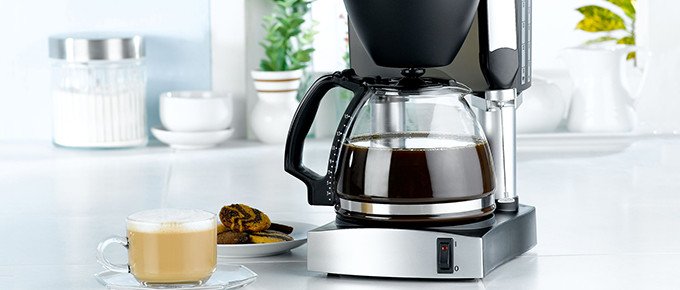
Coffee maker reservoirs have mold, yeast, and bacteria floating in them, meaning your morning perk could also make you sick. Read your coffee maker’s instruction manual, but generally speaking, you can clean the reservoir by adding 4 cups of vinegar to it, letting it sit for 30 minutes, and then brewing the vinegar. Run 2-3 cycles of fresh water through the coffee maker until the vinegar odor is gone.
Most coffee maker manufacturers recommend cleaning your coffee pot every 40-80 brew cycles.
Read: 5 Natural Home Cleaning Products
4. Pet Food Dishes
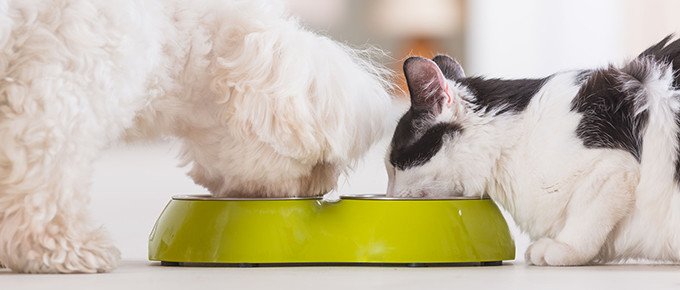
After sitting in a dish for hours, pet food and water starts to make them gross and slimy. NSF says that 45% of the pet food dishes they tested contained coliform bacteria.
If you have a dishwasher, throw the pets’ bowls in there. If not, you can wash them by hand using a diluted bleach solution (about 1 cap per gallon of water) and carefully rising them with clean water. Let the solution soak in the bowl for about 10 minutes before washing.
3. Toothbrush Holders
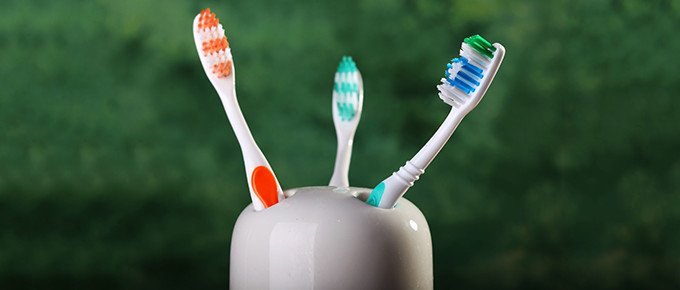
“You try to rinse your toothbrush well after you brush your teeth, but gunk always ends up dripping off of it into the holder,” says Johnson. According to the NSF, 27% of toothbrush holders tested positive for coliform bacteria in their study, and 14% tested positive for Staph. Sixty-four percent were also found to contain mold.
Keep toothbrush holders away from the toilet, as flushing the toilet sprays fecal-containing aerosols. Throw your toothbrush holder in the dishwasher, or hand-wash it with hot, soapy water twice a week.
2. Kitchen Sinks
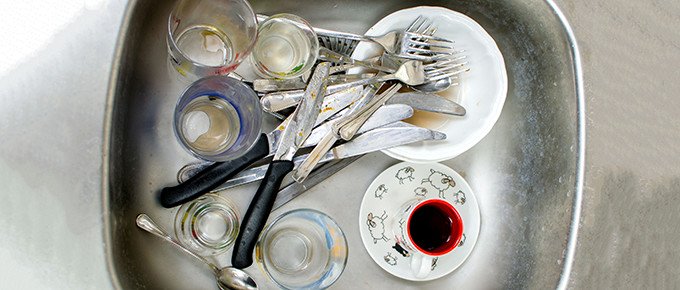
After you wipe off the inside of the sink and the last of the water swirls down the drain, you often don’t think much about the cleanliness of the sink, but they’re loaded with bacteria and mold. Wash your sink once or twice a week using a solution of one teaspoon of bleach and mixed with 1 quart of water.
1. Dish Sponges/Rags
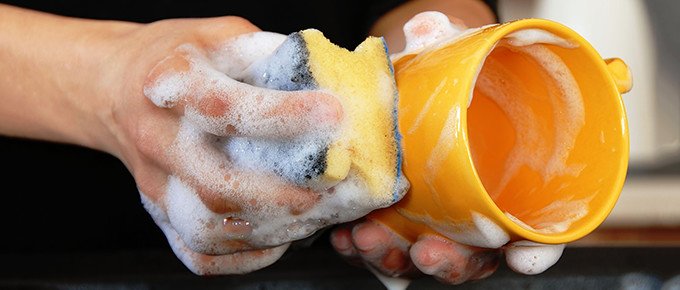
Dish sponges and rags were found to be the dirtiest items in the household. A whopping 77% of them were found to harbor coliform bacteria; 86% contained yeast and mold; and 18% harbored Staph.
Your sponges need to be disinfected every day, which can be done by placing them in the microwave for 2 minutes so the heat can kill the bacteria. You can also toss your sponge in the dishwasher. The NSF says that sponges should be replaced every 2 weeks. [2]
To make life even easier, swap out your kitchen sponge for a microfiber cloth. “Microfiber is designed to grab dirt and absorb liquids, and then you can just throw it in the washing machine and dryer,” Johnson says.
Bleach and other commercial disinfectants can be hazardous to your health, however, but there are natural ways to disinfect your home. Tea tree oil, grapefruit seed extract, vinegar, and baking soda are all effective cleansers.
Additional Sources:
[2] CBS News

Should be #1 – computer mouse and keyboard.
I clean the mouse and keyboard with alcohol wipes. On pet germs: I give my cat smooches all the time and have for decades. Dish cloths and sponges I clean with Clorox Anywhere hard surface spray cleaner. Also use it for counter top, stove nobs, faucets and frig. handle.
That, and/or doorknobs. I’m surprised none of those were listed.
I have a washable cutting board that i put in my dishwasher every time I use it. I always use the sanitize setting. You can also wash your sponge in the dishwasher and I usually wash it most every time I run it. I use the sanitize setting and it does not degrade the sponge. I think dish rags are disgusting.
The sink is a problem but if you always consider anything in it dirty then you don’t have too much of a problem. I like to boil water in tea kettle and pour the boiling water down the drain and all over the sides. Probably should do it often.
tooth brushes standing out is pretty gross. They should be put away and replaced often,
Pet bowls should be washed regularly also.
Coffee makers are a problem. Don’t know a good answer to that one outside of the vinegar cleaning.
Soaking a kitchen sponge in hydrogen peroxide and water instead of bleach and water seems to last far longer in sanitizing a sponge and the peroxide doesn’t cause it to disintegrate,
I just spray mine down with vinegar that I keep in a spray bottle. Idk if the acid makes it disintegrate faster or not.
I can’t believe that CARPETS are not on this list!
Dog toys? Umm…not so much. Back when I used to rebuild engines for a living, I used to get cuts on my hands frequently- while my hands were covered with gunk and grease and dirt. I’d let my dog lick the wound…..never once had an infection (And i don’t take tetanus shots…ever!)- We could use MORE dog spittle!
Children’s toys (and their hands) now THERE’s filth! Picture some 3 year-old picking his nose and scratching his ass and putting his hands all over everything….
Most of the items on this list are not a problem if you’re a decent housekeeper. I mean, sheesh- I’m a bachelor, but even clean my stove knobs once a week as part of regular house cleaning…..
Wash your sink once a week? I bleach it every day.
How is anyone likely to have a strong immune system if they are squeaky-clean? The whole planet thrives on bacteria; it is that stuff that life is made of.